The Starship, SpaceX’s giant ship destined for the moon and Mars, overshadows its Falcon 9 predecessor in more ways than one.
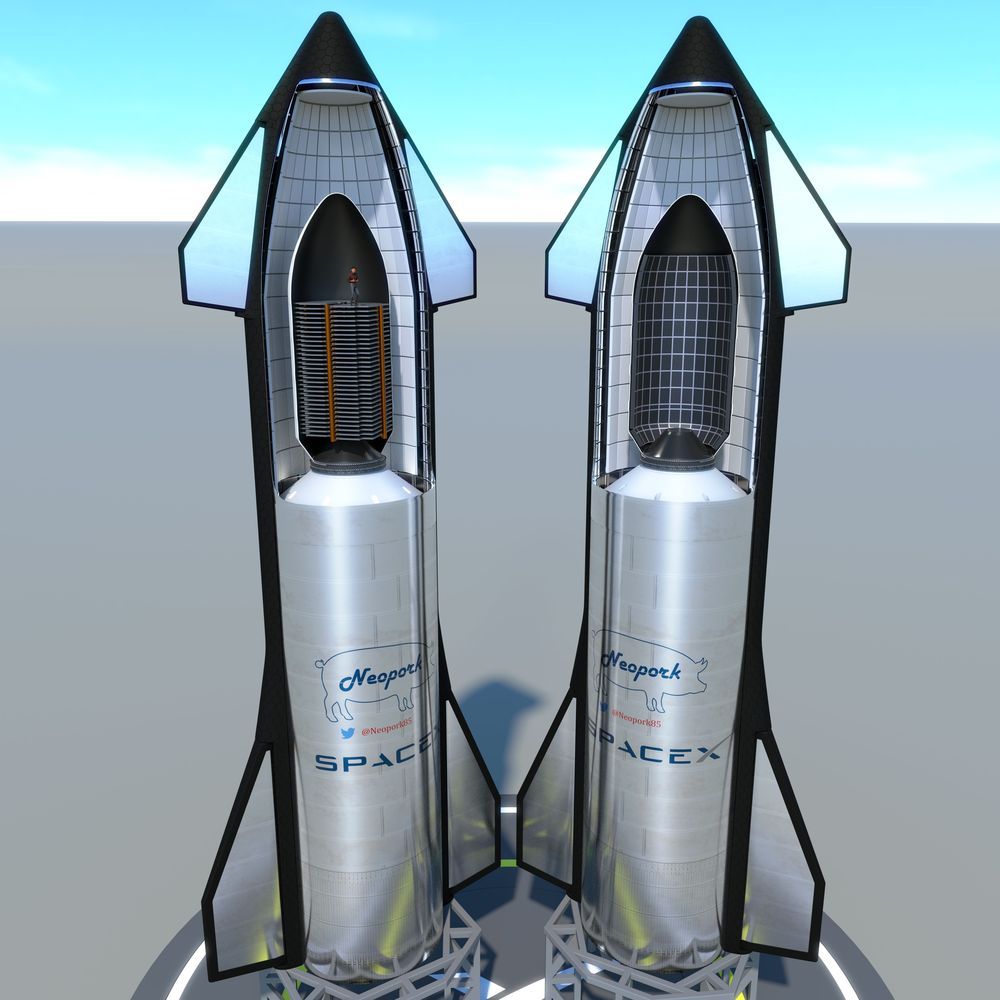

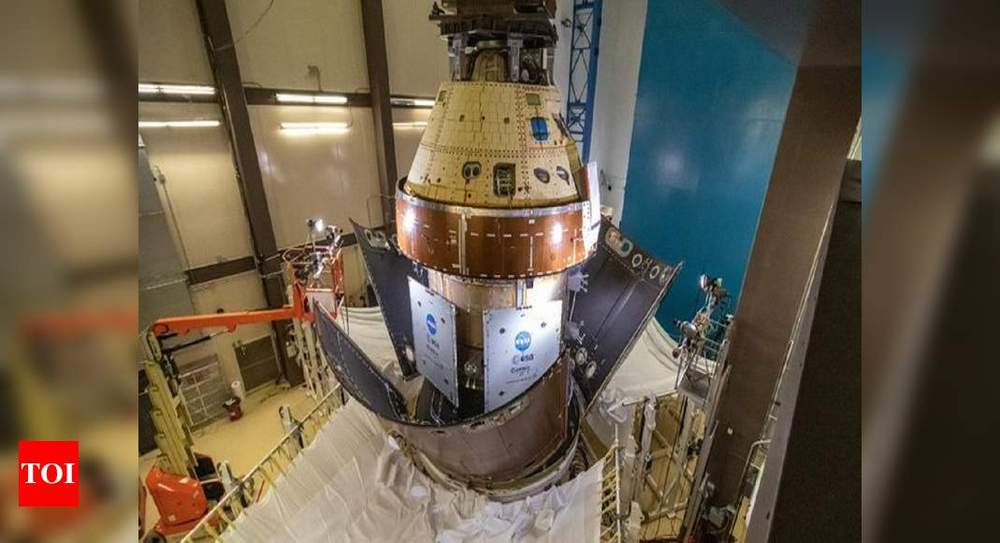
NEW DELHI: NASA’s Moon mission — Artemis — will land the first woman on the Moon by 2024. The Artemis programme is part of America’s broader Moon to Mars exploration approach, in which astronauts will explore the Moon and experience gained there to enable humanity’s next giant leap, sending humans to Mars.
Here is all you need to know about the mission:
What is Artemis?
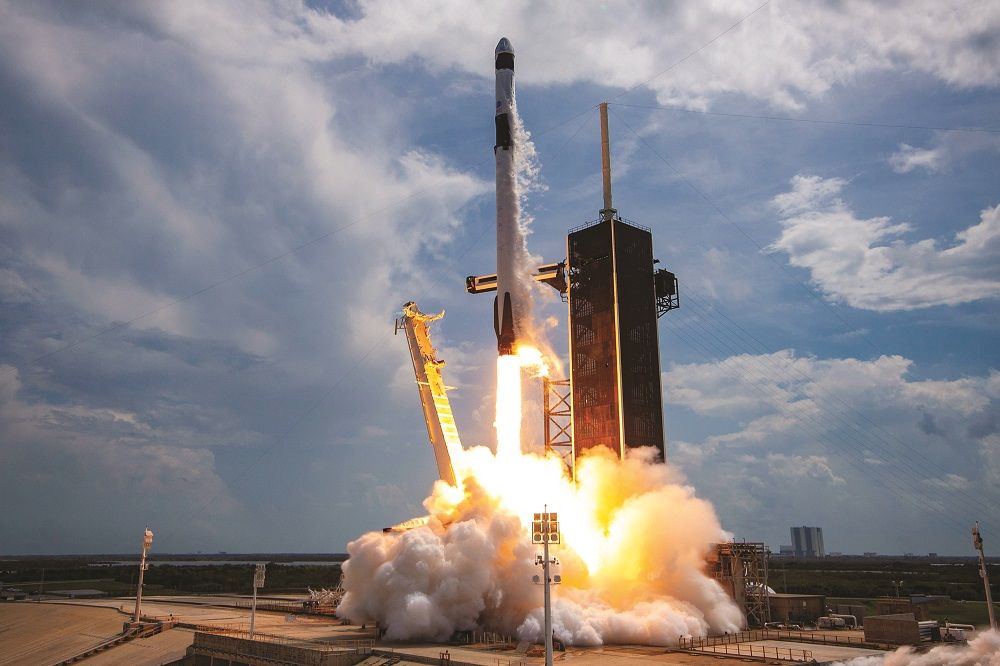
Success, the saying goes, has a thousand fathers. Sure enough, when a SpaceX Falcon 9 lifted off May 30, placing a Crew Dragon with two NASA astronauts on board into orbit on the first human orbital spaceflight from U.S. soil in nearly nine years, plenty of prospective parents stepped forward.
President Donald Trump, who attended the launch at the Kennedy Space Center, was quick to take credit for it. “With this launch, the decades of lost years and little action are officially over,” he said in a speech at KSC two hours after liftoff. “Past leaders put the United States at the mercy of foreign nations to send our astronauts into orbit. Not anymore.”
Others cried foul, noting that the commercial crew program started during the Obama administration. In a call with reporters days before the launch, former NASA Administrator Charles Bolden and former Sen. Bill Nelson (D-Fla.) praised work by Joe Biden, Obama’s vice president and the 2020 Democratic nominee for president, to build support for the program in its early years. “He was very much a part of the decision-making that went into this and ultimately brings us to this success,” Nelson said.

The NASA’s Space Launch System rocket booster segments that will help power NASAs first #Artemis mission around the Moon are getting ready for launch. NASA’s Exploration Ground Systems team is prepping them for assembly and integration activities ahead of stacking with the rocket: http://go.nasa.gov/3d9M6F7
The rocket booster segments that will help power NASA’s first Artemis flight test mission around the Moon arrived at the agency’s Kennedy Space Center in Florida on Monday for launch preparations.
All 10 segments for the inaugural flight of NASA’s first Space Launch System (SLS) rocket and Orion spacecraft were shipped by train from Promontory, Utah. The 10-day, cross-country journey is an important milestone toward the first launch for NASA’s Artemis program.
“The arrival of the booster segments at Kennedy is just the beginning of the SLS rocket’s journey to the pad and onward to send the Orion spacecraft to the Moon,” said NASA Administrator Jim Bridenstine. ” Artemis I will pave the way toward landing the first woman and the next man on the surface of the Moon in 2024 and expanding human exploration to Mars.”
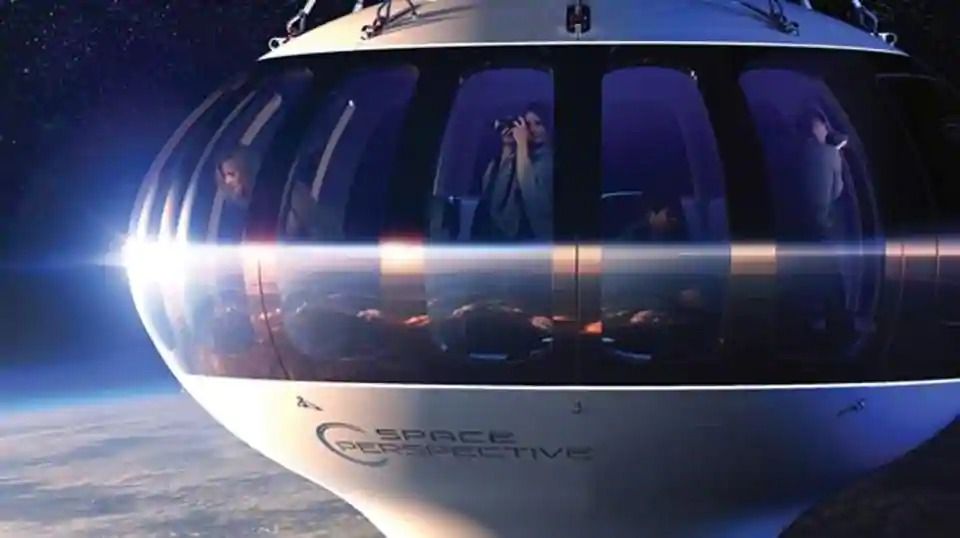
A company wants to use an advanced balloon to fly customers from Earth’s surface in Alaska to the highest reaches of the planet’s atmosphere.
Florida-based startup firm Space Perspective plans to use the Pacific Spaceport Complex in Kodiak to serve as one of the launch sites for the vehicle, called the Spaceship Neptune, The Anchorage Daily News reported on Sunday.
The balloon rides will be manned by a flight crew taking eight passengers in a pressurized capsule suspended beneath a hydrogen balloon the size of a football stadium.
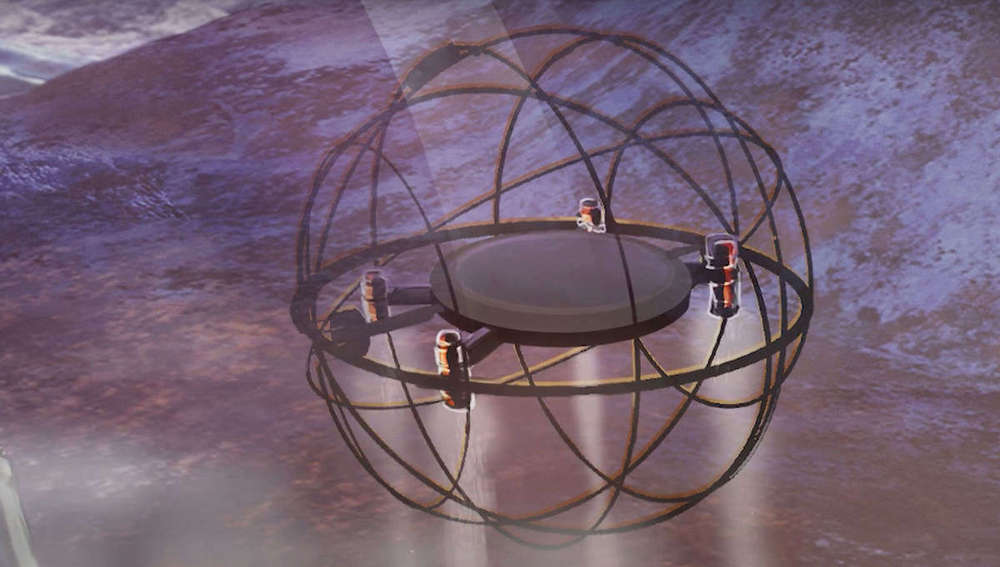
NASA’s newest spacecraft concept looks like it belongs in a steampunk convention more than a distant moon, but that’s exactly where it’s supposed to be headed.
Steam power sounds like a relic of the Victorian era only glamorized by steampunk culture, but NASA is developing SPARROW (Steam Propelled Autonomous Retrieval Robot for Ocaen Worlds), a new steam-powered robot concept that could potentially unearth life on moons like Enceladus or Europa. Sure, our space agency might be known for the most cutting-edge technology, but even that could face potential disaster on frozen moons whose surfaces could be perilous. This relatively simple contraption is capable of doing things more complex robots can’t.
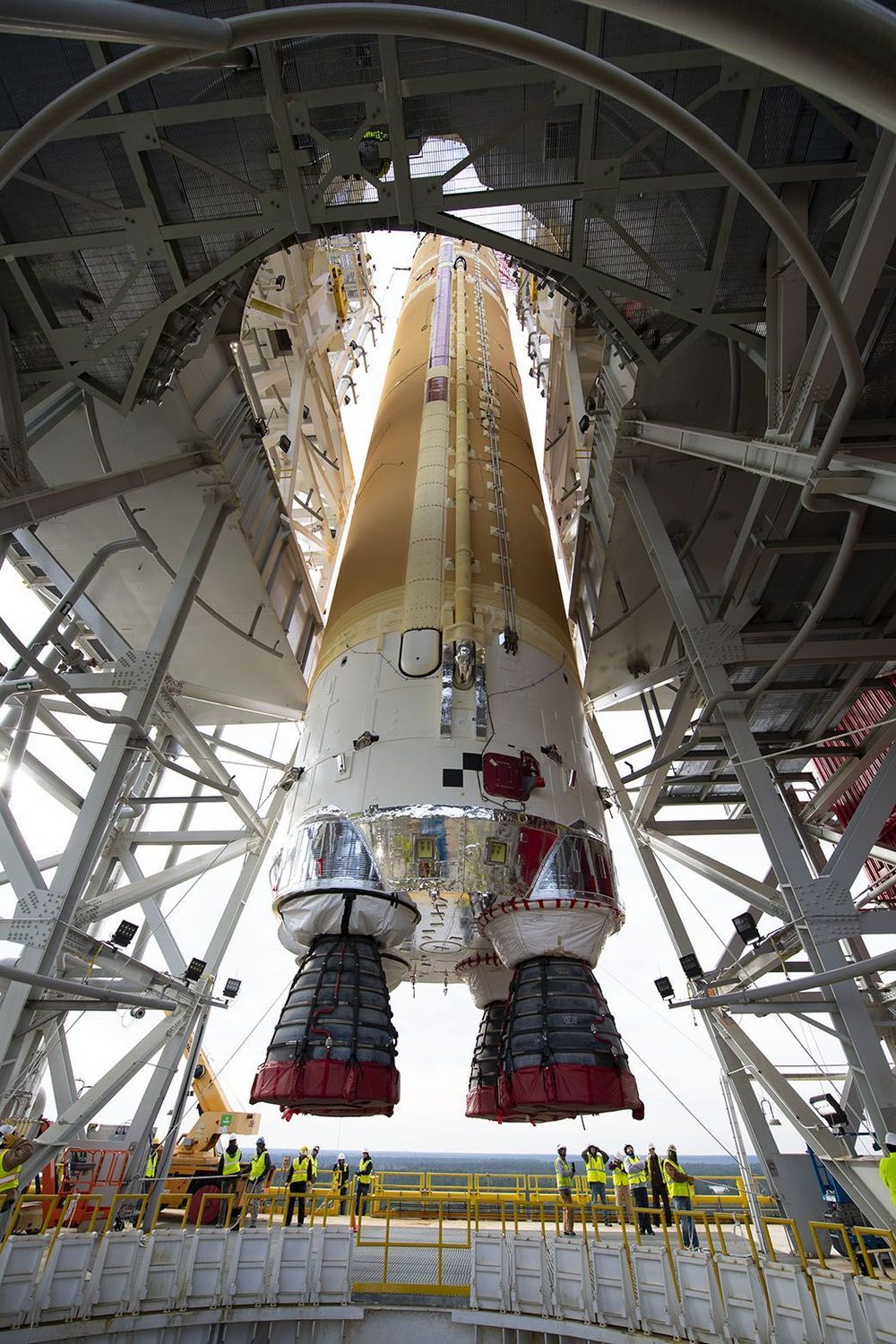
The flight computers and avionics of NASA’s Space Launch System (SLS) rocket’s core stage for the Artemis I mission were powered on and have completed a thorough systems checkout. The test used Green Run software that was developed for the test and loaded in the flight computers for the first time. The SLS avionics power on and checkout was the second of eight tests in the Green Run test series at NASA’s Stennis Space Center near Bay St. Louis, Mississippi, where the core stage is installed in the B-2 Test Stand. The test steadily brought the core stage flight hardware, which controls the rocket’s first eight minutes of flight, to life for the first time. The three flight computers and avionics are located in the forward skirt, the top section of the 212-foot tall core stage, with more avionics distributed in the core’s intertank and engine section as shown in the right image. Engineers from NASA and Boeing, the core stage prime contractor, worked in control rooms as the avionic systems inside the Artemis I core stage, shown in the left image, were checked out. While this is the first time the Green Run software was used to control all the avionics in the flight core stage, engineers qualified the avionics and computers with earlier tests in the Systems Integration and Test Facility at NASA’s Marshall Space Flight Center in Huntsville, Alabama.
The core stage will provide more than 2 million pounds of thrust to help launch Artemis I, the first in a series of increasingly complex missions to the Moon through NASA’s Artemis program. NASA is working to land the first woman and next man on the Moon by 2024. SLS is part of NASA’s backbone for deep space exploration, along with NASA’s Orion spacecraft, the human landing system, and the Gateway in orbit around the Moon.
“Even though we are living during unprecedented, challenging times, the spirit and resolute will of our country and all Americans has never been stronger.”
NASA Astronauts Chris Cassidy, Doug Hurley, and Bob Behnken, the three Americans living in space, paused this week to commemorate the nation’s 244th birthday. They shared this message, featuring the famous flag that flew on the first and last space shuttle missions and will be returned to Earth by Hurley and Behnken later this year.
Last fall, NASA unveiled the new suits that Artemis astronauts will wear when they take humanity’s first steps on the lunar surface for the first time since way back in 1972. The look of the A7LB pressure suit variants that accompanied those earlier astronauts to the Moon, and later to Skylab, has since gone on to signify for many the definitive, iconic symbol of humanity’s most ambitiously-realized space dreams.
With Artemis’ 2024 launch target approaching, NASA’s original Moon suit could soon be supplanted in the minds of a new generation of space dreamers with the xEMU, the first ground-up suit made for exploring the lunar landscape since Apollo 17’s Eugene Cernan and Harrison Schmitt took humanity’s last Moon walk (to date). Unlike those suits, the xEMU’s design is getting an assist from a source of “brain” power that simply wasn’t available back then: artificial intelligence.